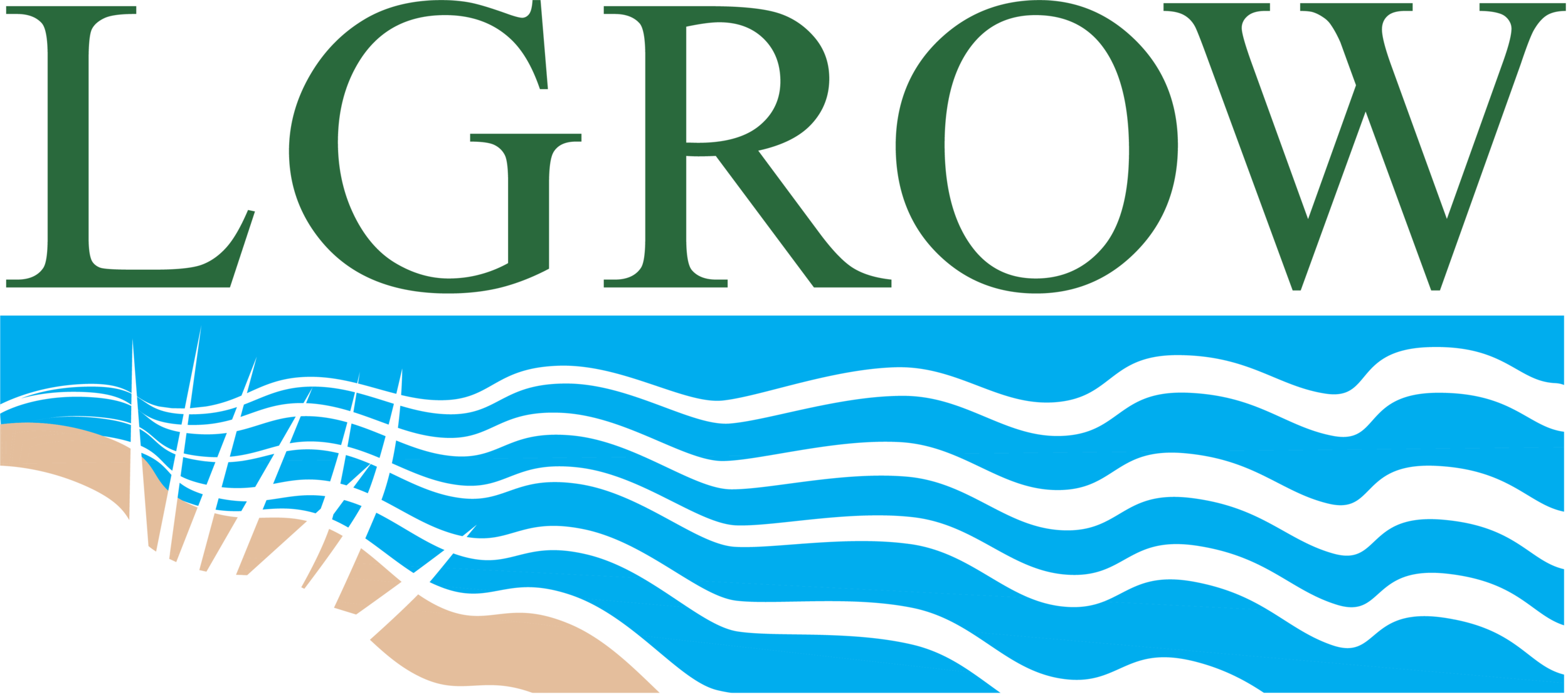Fall MiCorps Sampling in the Rogue River
A Summary of the Fall Annual MiCorps Sampling in the Rogue River Watershed, 2024
This Fall, LGROW monitored water quality in the Rogue River Watershed using the MiCorps protocol. For those that are unfamiliar, the MiCorps protocol involves sampling a 300-foot stretch of stream or river for aquatic macroinvertebrates (“water bugs”) and completing a habitat survey of the in-stream and surrounding habitat (for more information, please see The Watershed News item “Monitoring Agricultural Practices,” posted July 25, 2023). The kinds and amounts of macroinvertebrates that we find are plugged into an index to generate a Water Quality Rating (WQR) ranging from Excellent (0-3.50) to Very Poor (8.51-10.0); the habitat survey, then, helps to explain the WQR. This marks the third consecutive year of water quality monitoring in the Rogue, and we will be providing a summary of the program in a future Watershed News item; for now, we wanted to share this year’s findings with our program partners, amazing volunteers, and myriad stakeholders throughout the Lower Grand.
Figure 1. MiCorps monitoring sites in the Lower Rogue River Watershed.
Fall 2024 Summary
6 sites were monitored from the public access point at Grange Road to Grand Rogue Park at West River Drive (See Figure 1). From upstream to down, the sites scored, and were rated, as follows:
Table 1. MiCorps Macroinvertebrate and Habitat findings for 6 sites in the Rogue River Watershed, Fall 2024
*Habitat 1 (Bank Stability and Erosion) is scored out of 20, with 20 being best
**Habitat 2 (Riparian Zone) is scored out of 20, with 20 being best
The average WQR score/rating of all sites was: 4.73 / good. “Good,” as defined by the MiCorps index, means that “Some [organic] pollution [is] possible.” Please note that, in comparison to a previous Watershed News Item (Fall MiCorps Sampling in the Rogue River, December 5, 2023), the scores/ratings appear to be decreasing slightly; this is not the case, however. Paul Steen, the MiCorps Stream Program Manager, recently made necessary updates to the tolerance scores of some macroinvertebrate taxa that typically dominate our system to more accurately reflect the meaning of their presence in relation to the WQR. The two taxa in question are common net-spinning caddisflies and scuds (Figure 2). Common net-spinning caddisflies (family Hydropsychidae) were previously lumped in with all caddisflies; however, we have found that, in the Lower Grand River Watershed especially, the common types belong to two genera, which are more tolerant than other caddisflies. Our common, resident scud (Gammarus sp.) also appears to be a fairly tolerant genus among scuds which may be found in Michigan rivers and streams. It’s important to emphasize, though, that these macroinvertebrates are vital parts of the ecosystem and not “bad” in and of themselves, but potentially reflective of water quality impacts. Given the diversity of taxa we see in the Rogue, such as many mayfly families, stonefly families, water pennies, etc., I’m considering the presence of common net-spinners as relative. If, on the other hand, common net-spinners and/or scuds made up 80% of the sample, and stoneflies and mayflies were mostly, if not completely, absent, I would consider them definitive, and the water quality poor. And, in fact, this is what we see when we sample many urban streams.
Figure 2. From left to right: Scud (Gammarus sp.) and net-spinning caddisfly (family Hydropsychidae)
Site notes:
Grange Avenue, Site RR7
The river access at Grange Avenue is a beautiful entry point to the Rogue River, and a wonderful, secluded spot to enjoy this natural resource. If you have never seen water pennies (beetle larvae of the Family Psephenidae), they can be found, in abundance, here on the riverine substrates – especially cobbles (2.5-10 inch diameter rocks) (Figure 3). Crayfish and mussels are also especially abundant at this site and can be viewed with a snorkel mask or viewing bucket (Figure 3). If you decide to visit this site, please act responsibly. Mussels should not be removed from the substrate without a permit, though they can be found and viewed easily, here, with patience.
Figure 3. From left to right: A mussel and a water penny (Psephenidae)
Figure 4. Left bank riparian zone at Summit Avenue, Site RR5
Summit and 12 Mile, Site RR5
Summit and 12 Mile continues to be an impressive site for macroinvertebrates despite erosion and lack of tree canopy along a portion of the left bank/Summit Avenue (Figure 4). This site had a diversity of mayfly families and two different genera of burrowing mayflies within the same family (Ephemeridae: Hexagenia sp. and Ephemera sp). This site also had a giant stonefly (Pteronarcys sp.) and a “giant” water bug (Belostomatidae). (Because they are air-breathers, giant water bugs are considered very tolerant as relates to water pollution. However, the giant water bug is one of the largest, predatory macroinvertebrates in our freshwater systems and, like any large predator, helps to keep the system in which it lives balanced.)
Anyone who is interested in joining our group of volunteers and getting out into the water for volunteer sampling events can contact Matt Bain, LGROW’s Aquatic Specialist, at matt.bain@gvmc.org to sign up.
Additionally, anyone who owns property on the Rogue River or one of its tributaries can have a direct and immediate impact on water quality simply through land management and personal practices. LGROW offers free site assessments, and our staff is happy to assist in this manner as it helps to fulfill our threefold mission to understand, protect, and improve the natural resources of the Lower Grand River Watershed. If you are interested in receiving a free site assessment, please reach out to our Rainscaping Specialist, Anna Kornoelje, at anna.kornoelje@gvmc.org to get scheduled.







